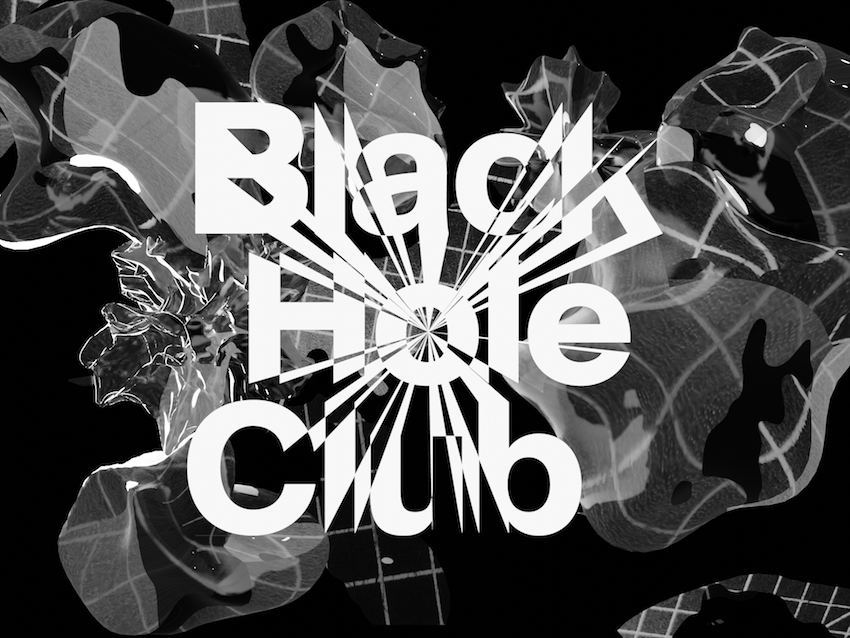Announcing Black Hole Club 2019
6 – 28 February 2019
Vivid Projects is pleased to announce the Black Hole Club 2019 cohort. Now in it’s sixth year, Black Hole Club is an annual development programme to support artists in the West Midlands. Participants receive tailored opportunities to develop their practice and are encouraged to explore new areas, including digital art, live performance, experimental audio, film and video, animation and computer-generated art. An annual cohort is selected from open application each January, and up to 20 artists annually are supported to integrate technologies in their practice and reach a wider audience through the new Black Hole Club web platform, and participate in regular free public events throughout the year.
Follow the artists on the BHC Facebook page and website
Black Hole Club Artists 2019
Amber Drew uses her alter ego, Ambie Drew, to explore fabricated femininity, gender and identity in the digital age
Andy Webster works across sculpture, performance, moving image, sound, drawing and curatorial practice, often in response to a particular site, context, or discourse
Bex Ilsley is a transdisciplinary artist using fantasy, performativity, objecthood and paradox as a lens through which to examine the authenticity of the self we advertise to the wider world
Carol Breen works with analogue and digital technologies and re-films, re-photographs and re-choreographs images
Christopher D. Ansell is a curator, writer and performer interested in how characters are realised in narratives within and between pieces or art, literature and theatre
Dan Auluk‘s collaborative and performative work blurs the visual and authorship boundaries between artist and audience through the medium of exhibition making
Dean Wellings creates unusual, queer garments, from cheap materials and often food stuffs, that are destroyed and abandoned or alternatively preserved and treasured.
Dinosaur Kilby‘s work is often deeply superficial and sometimes humorous. They are interested in the exploration of space and how the physical relates to the digital
Gemma Jones‘s practice questions the importance of the liveness of performance art in the current digital age whilst exploring concepts of authenticity, femininity, masculinity and resistance
Hannah Taylor‘s practice explores the manifestation of trauma in the body, neurosis and catharsis from public acknowledgement in ritual
Helen Kilby-Nelson is a multi-disciplinary and experimental artist whose work explores causality from mass control, capitalism and consumerism
James Dooley is an artist primarily working with sound whose work investigates the way humans engage with technology. Their work reveals hidden relationships and interactions between humans and technology through a digital conduit
Larissa E. Shaw’s practice investigates ‘the listening space’; the articulated space between the sound emitter and the receiving listening body
Libby Cufley‘s film and moving image work focuses on domestic space, work, mental health and the body
Liz Ord is a performance artist who creates characters that that are hinged on the duality of both selling a fantasy and being sold one simultaneously
Matthew Evans‘s practice primarily explores sonification and more specifically, pixel data sonification for the creation of composition, installation and performance
Navi Kaur‘s practice is an exploration and development of their emotional, mental and physical attachments to Punjabi heritage and culture and ever-expanding understanding of Sikh faith
Rosa Francesca utilises biofeedback technology to explore how the data produced by the human body can be interpreted to create audiovisual works
Tony McClure‘s practice focuses on experimental situations with time-based media & film, drawing on Japanese philosophy, static cinema, the use of light and ephemeral technologies & materials
